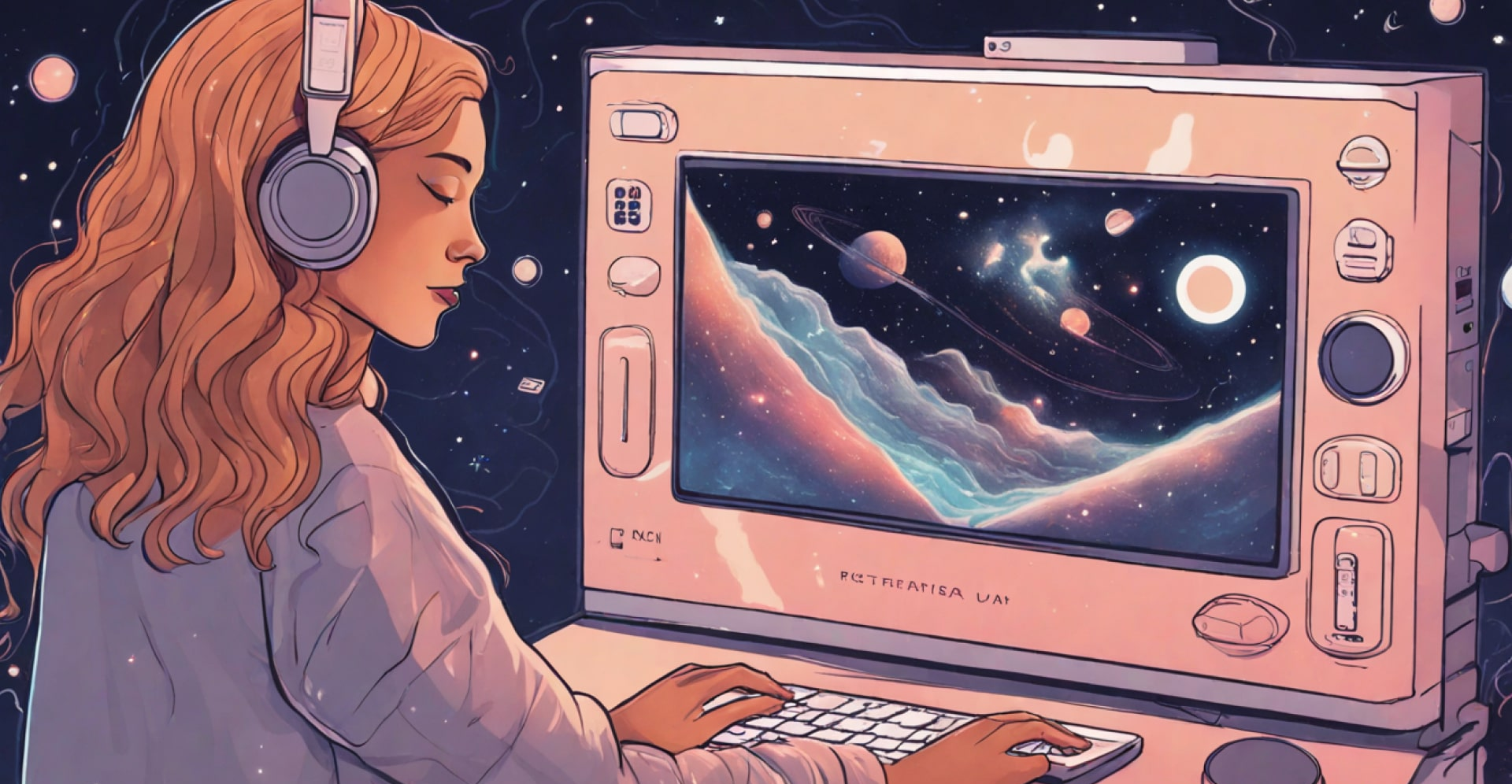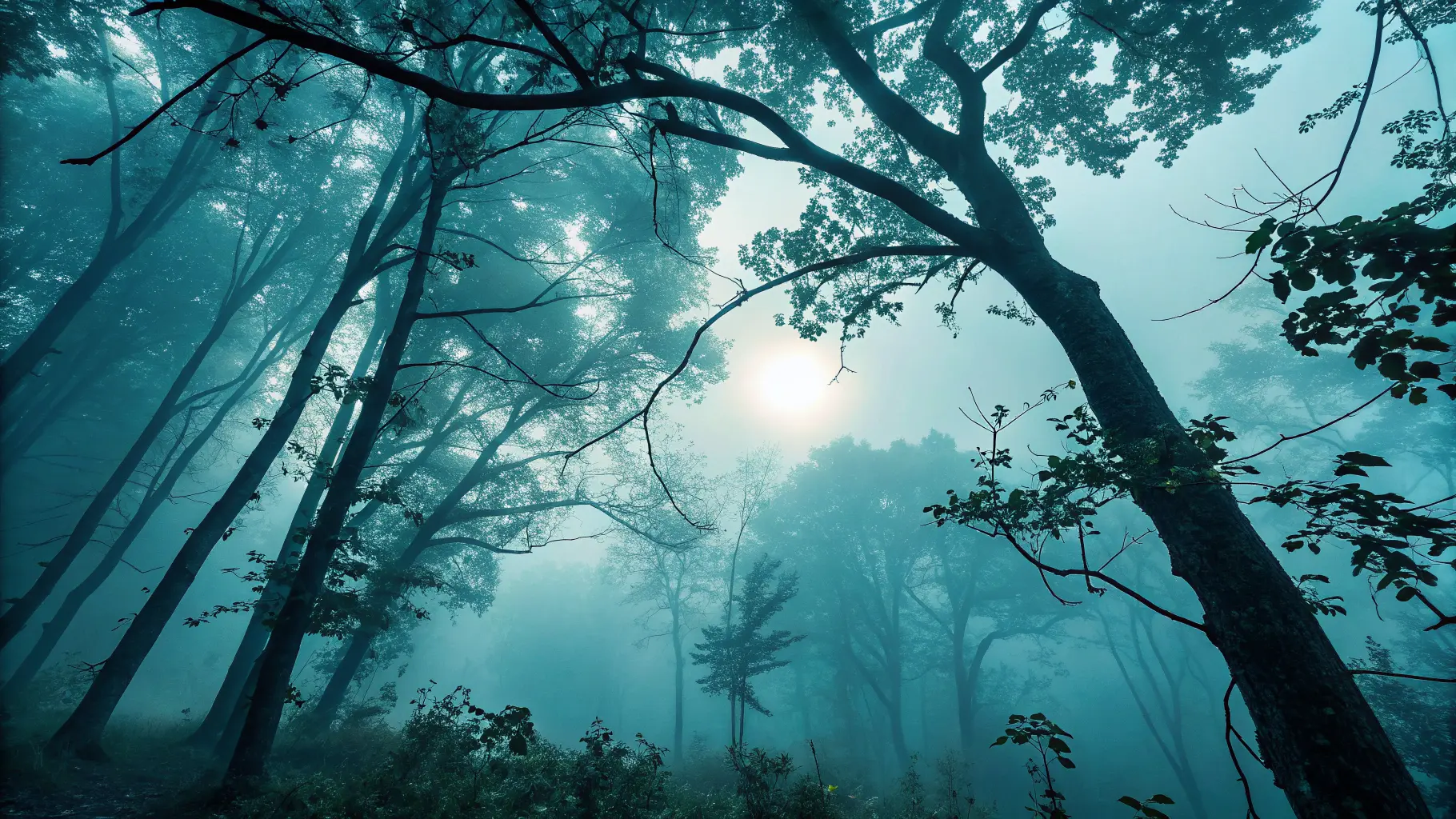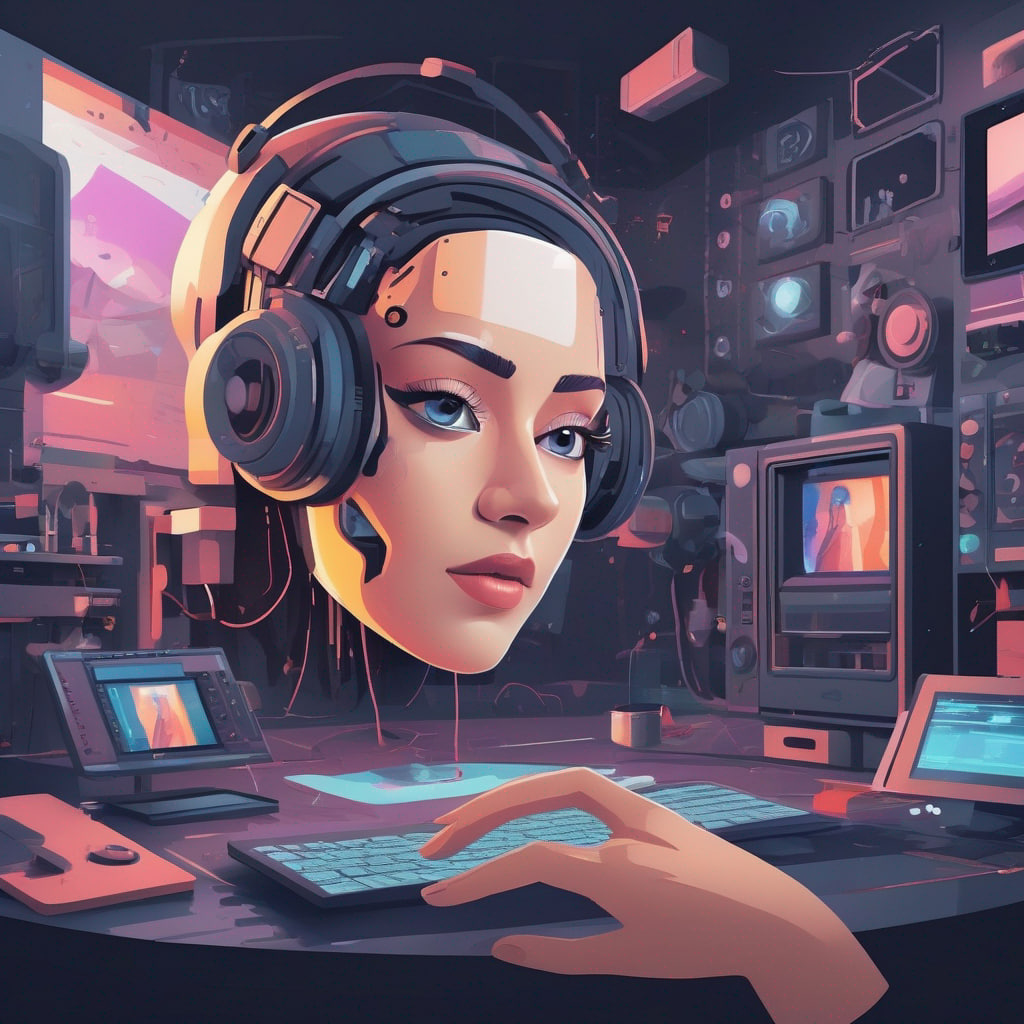Contact partnership@freebeat.ai for guest post/link insertion opportunities.
Introduction: When Music Meets Emotion in Color
Every musician knows this feeling, when you’ve poured hours into creating a song that perfectly captures a moment, a feeling, or a memory. But when it’s time to publish it, the challenge begins: finding artwork that actually feels like your music.
You scroll through stock images, dabble in design apps, maybe even hire a freelancer, yet something always feels off. The art looks good, but not right as it doesn’t reflect the mood pulsing through your melody.
That disconnect isn’t just visual. It affects how listeners perceive your sound. Research in aesthetic psychology suggests that people emotionally connect more deeply when what they see aligns with what they hear. Simply put: when the artwork and music share the same mood, the experience becomes immersive and memorable.
This is exactly the problem freebeat.ai was built to solve — to translate your song’s emotional fingerprint into stunning, AI-generated visuals that look and feel like your sound.
The Science Behind Mood and Aesthetic Harmony
Our brains are wired to seek coherence. When a visual and an emotion match, we feel an instinctive sense of satisfaction — something that psychologists call processing fluency. It’s why a moody acoustic track feels perfect against dusky imagery, or why bright neon visuals work better for upbeat electronic beats.
This harmony between sound and image is more than just taste is neuroscience. Studies in neuroaesthetics reveal that our emotional and visual systems are deeply intertwined. Colors, textures, and symmetry trigger emotional responses just like chords and melodies do. The right color palette can amplify the feeling of a song, priming the listener’s brain for the emotional tone even before the first note plays.
That’s why cohesive visuals matter. When a listener sees your cover art, they aren’t just looking, they’re feeling too!
The Technology Translating Sound into Vision
What makes freebeat.ai different from generic art tools is that it doesn’t just generate random images, it listens to the user's music track and analyzes the musical DNA of your song. It breaks it down by:
- Tempo and rhythm – to capture whether the song’s energy is mellow or high-intensity.
- Frequency balance – identifying if it’s bass-heavy and moody, or bright and ethereal.
- Harmonic structure – determining emotional tonality (major vs. minor progressions).
- Dynamics and layering – sensing whether your track feels intimate or expansive.
Using this data, the AI builds a mood map which is essentially a multidimensional profile of your song’s emotion. From that, it crafts visual prompts like “soft glowing gradients with deep blue mist” or “bold neon lights with sharp geometric motion.”
Then, an AI diffusion model transforms these descriptors into fully realized artwork. It creates multiple variations, refining color, composition, and style until the emotion feels right. You can then select your favorite, tweak hues or style, and finalize it for streaming platforms all within minutes.
The result isn’t just a picture. It’s a visual echo of your sound.

A Real Experience: When My Song Finally Found Its Face
I still remember testing freebeat.ai for the first time with my track “Midnight Echoes.” It’s an ambient piece with slow, dreamy, and introspective. Every time I tried making my own cover, it felt either too flat or too literal. When I first uploaded my track onto freebeat.ai, I didn’t expect much. But within seconds, it generated five options. One stood out instantly: an ethereal forest bathed in teal mist, moonlight filtering through the trees. It looked exactly like what I heard in my mind.
When I used that artwork on Spotify, engagement noticeably improved. People commented that “the cover feels like the song.” That’s when it clicked for me that visual coherence isn’t just aesthetic; it’s emotional marketing.
freebeat.ai didn’t just save time; it understood the feeling behind my sound and gave it shape.

The Human + AI Collaboration
The beauty of AI-assisted creativity is that it doesn’t replace your artistic instinct. it enhances it.
You can guide the system with your own cues:
- Add keywords like “melancholic,” “retro,” “rebellious,” or “cinematic.”
- Adjust mood intensity or visual complexity.
- Iterate until the art mirrors your emotion precisely.
This process creates a loop as your song influences the visual, and the visual in turn reshapes how you perceive your own music. It’s a creative conversation between you and the machine, not a hand-off. As studies in AI-aided design highlight, when humans steer AI creativity, the results are more original, emotionally resonant, and personalized.

Why Mood Matching Boosts Engagement
Data backs it up. A 2024 Spotify for Artists report found that songs with emotionally aligned artwork see 12–18% higher engagement which essentially means longer playtime and better retention. Listeners are more likely to stay with a track when the first impression feels coherent.
It’s a simple equation: Emotionally cohesive visuals = stronger listener connection = better branding.
When every release has artwork that “sounds” like your music, it builds a recognizable emotional identity — and that’s what keeps fans coming back.
The Bigger Picture: Music, Mood, and Machine Vision
We’re entering a new creative era where sound, vision, and emotion converge seamlessly. AI isn’t replacing artists; it’s giving them tools to express themselves more completely. Platforms like freebeat.ai democratize creativity, allowing anyone regardless of design background, to create emotionally intelligent art that matches their sound. This fusion of data-driven insight and human intuition is where the future of music branding lies.
When your music and your visuals tell the same story, you don’t just release a song, you create an experience.


